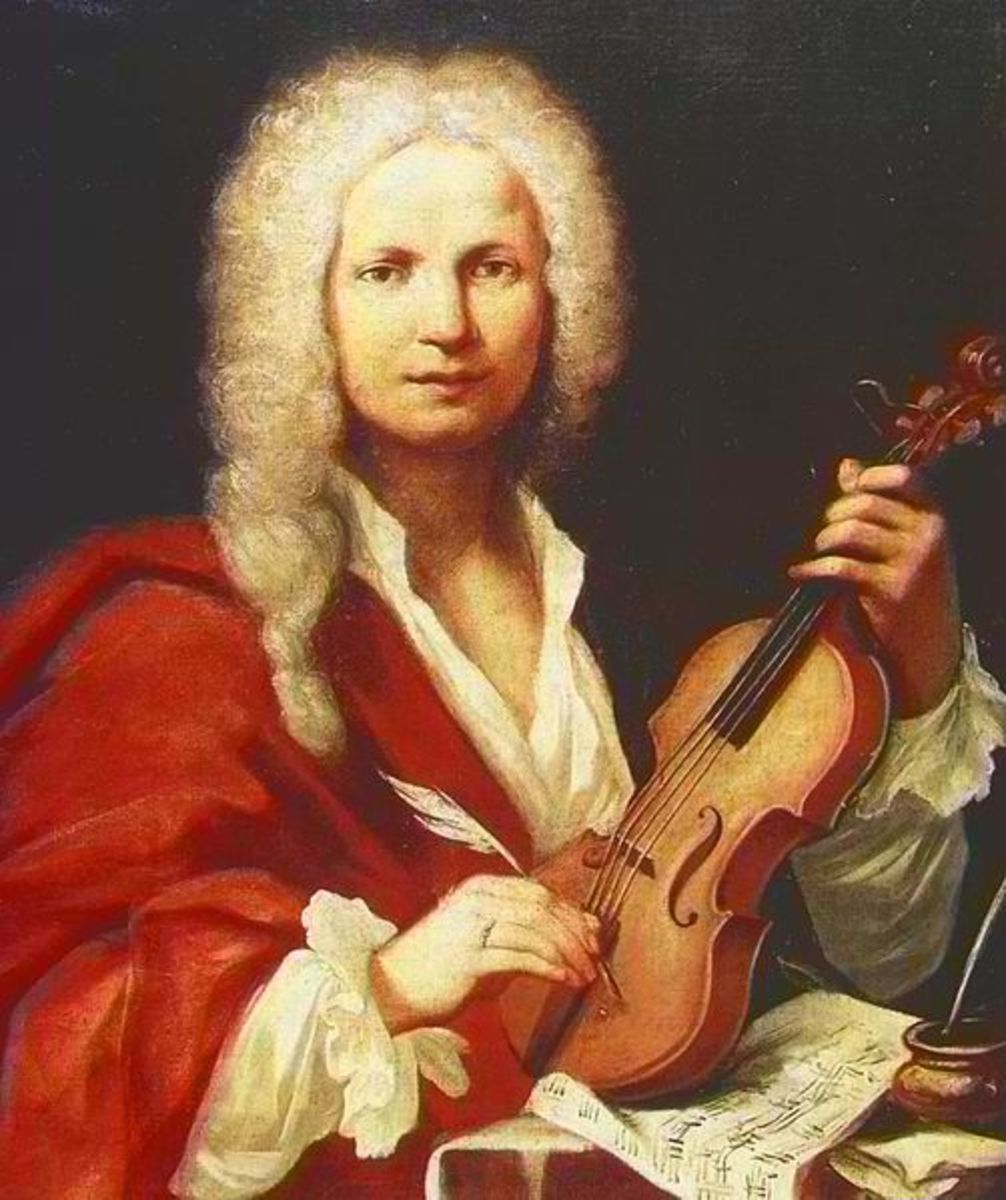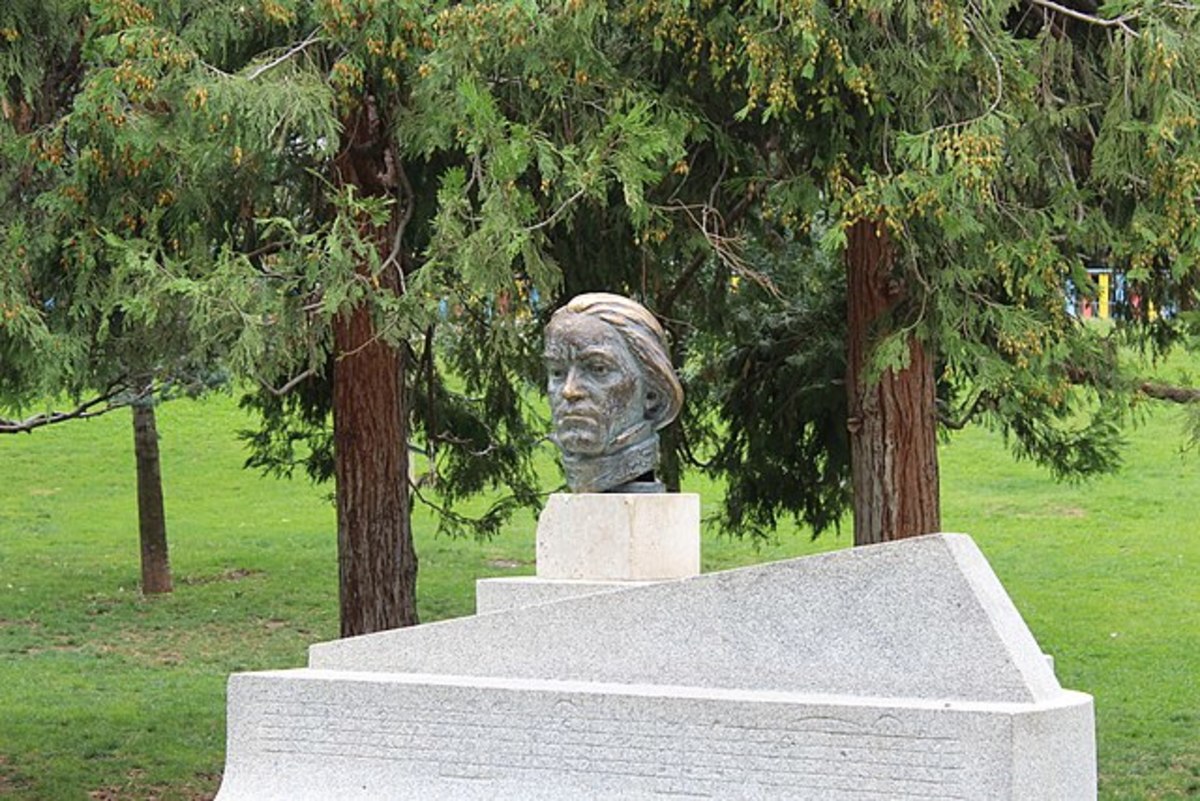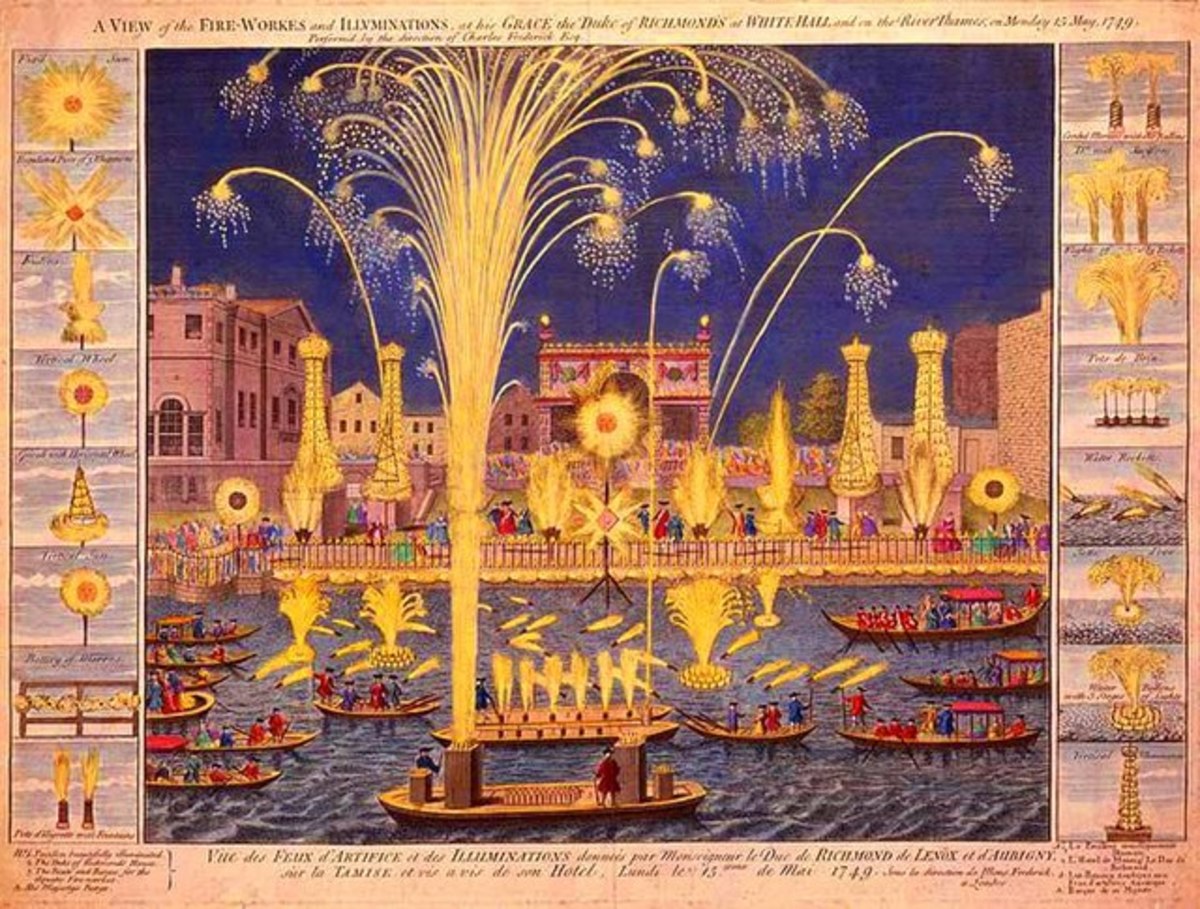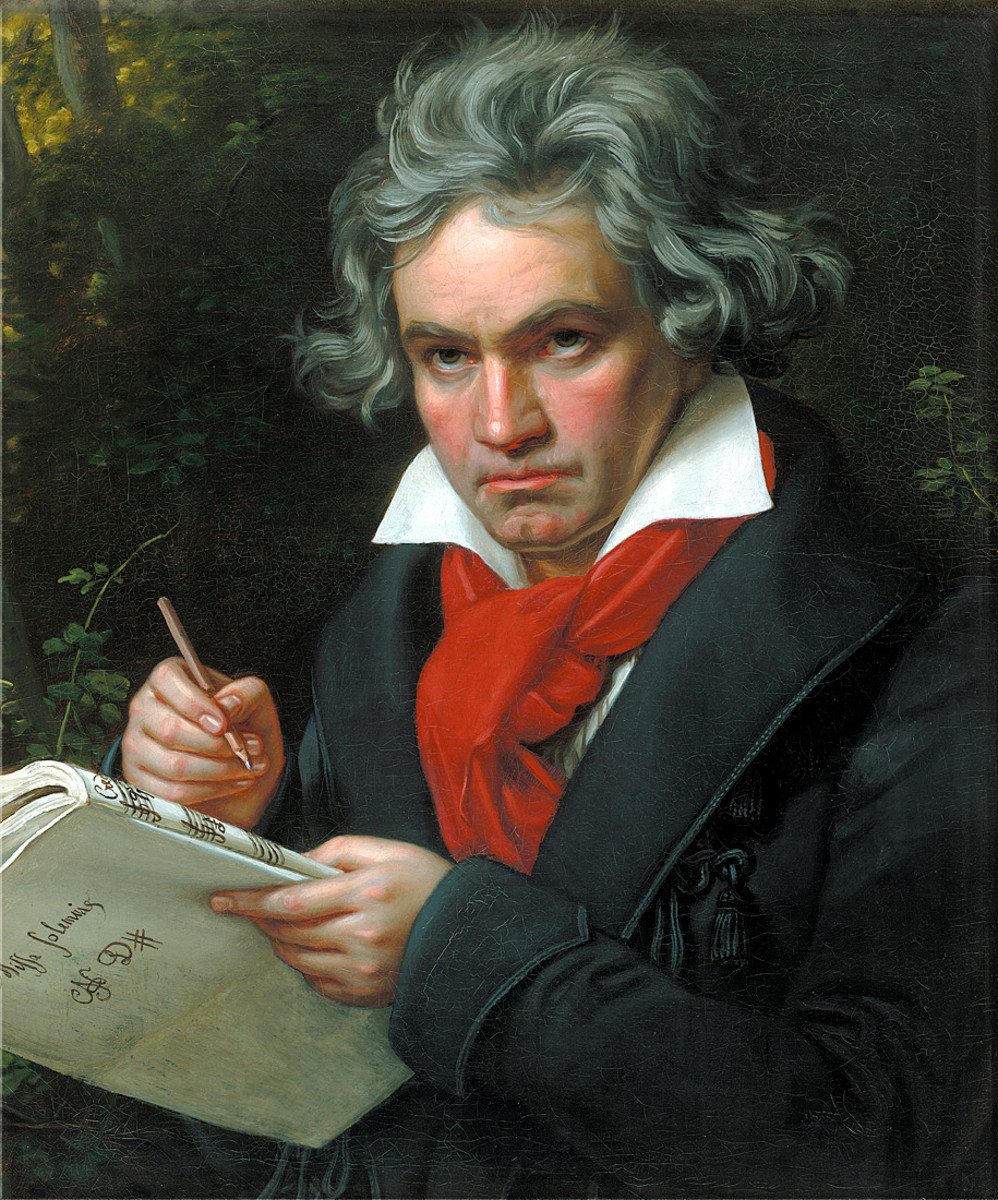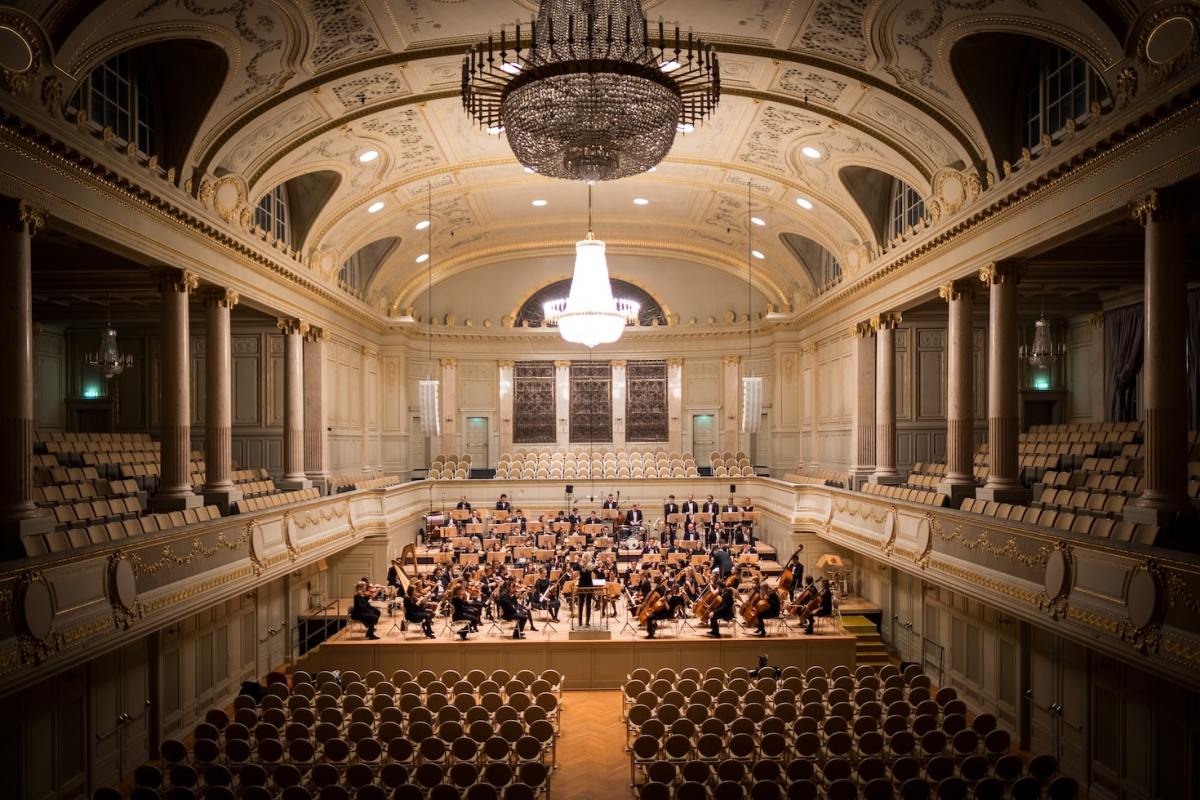A Night At The Symphony: Marin Marais's Sonnerie de St. Genevieve (The Bells of St. Genevieve)

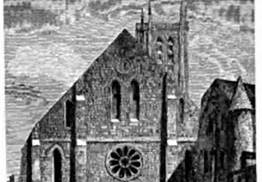

The Abbey of St. Genevieve
Saint Genevieve was born in Nanterre (c.419/422) a small farming town in France. She had no education and worked in the fields with her family until she moved to Paris with her aunt.
Genevieve grabbed onto her faith while in Paris and embraced Catholicism with both arms. In 451 Attilla the Hun was on his way to sack Paris and Genevieve told the residence to stay inside and pray for a positive outcome to the conflict.
Attila the Hun ended up changing routes and the attack did not occur. From this point on Genevieve was considered a hero.
Childrec I beseiged the city in 464 and once again Genevieve convinced Childrec with her devotion to feed the populace of Paris and to free all prisoners.
Clovis I founded "The Abbey of St. Genevieve" as a place for her to teach her ministery. After her death the Benedictines took over the Abbey and had her tomb placed within the walls.
Multiple miracles happened at the tomb of St. Genevieve and she received her sainthood while the Benedictines ran the Abbey.
Soon the old church fell to ruin and Louis XV ensured that it was rebuilt and renamed the Pantheon.
Baroque Music
The Baroque period is located between the Renaissance and Classical periods of history. There was a change in art, sculpture, architecture, literature, and music.
The Baroque period is broken down into three periods the Early (1580-1630), the Middle (1630-1680), and the Late (1680-1730). Each period of Baroque displays an evolution of the arts heading towards the Roccoco period and then the Classical.
Early Baroque music (1580-1630), saw a breaking away from the one instrument one bard type of minstrel music towards the birth of chamber music with multiple instruments, possibly with a choir.
During the Early Baroque Period chords were used in composing music more than single notes as seen during the Renaissance. The use of chords led to an interest in the tonality of the score over the melody.
Two of the major changes seen during the Early Baroque Period were the Prima practica, or polyphony, and Seconda practica or basso continuo.
Polyphony was beginning to become a common practice within the use of multiple instruments and so was dissonance brought about by the combination of certain chord groupings.
Basso continuo was when an instrument, maybe a viol in the case of Marin Marais's compositions, played along with the bassline for a certain number of measures. Sometimes this was improvisational and sometimes it was included within the composition.
Marin Marais was not heard from until the Middle Baroque Period. The Middle Baroque Period took place during the Age of Absolutism when Louis XIV was King of France.
During the Middle Baroque period the Cantata, Oratorio, and Opera were born and their melodic style was polished. This new style of melody was called the Bel-canto style.
There was a creation of a formal system for the education of music that centered on scales and chord usage.
Lully was one of the first to create a series of books to outline the new formal system and was also the mentor to Marin Marais.

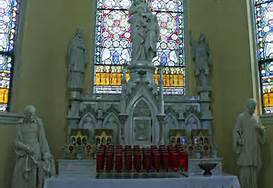

Sonnerie de Ste-Genevieve du Mont-de-Paris
Marin Marais's Sonnerie de Ste-Genevieve du Mont-de-Paris was composed in 1723 for Viol, Violin, and Harpsichord. The piece uses a Basso continuo harmonic structure as seen in most music written during the Baroque period.
Baroque music added an instrumentalist to perform a continuo group. A continuo group, Basso continuo in Marais's work, has at least one instrument that can play chords, usually a cello or harpsichord, to play four measures of bass line. These measures could be written into the music or improvised. During the Middle Baroque period this harmonic structure was seen in sacred music compositions.
Sonnerie de Ste-Genevieve du Mont-de-Paris was written in what is called a passacaglia or chaconne, which is a brief sequence of chords following a cadential formula or cadence. The Sonnerie has a repeating D, F, or E bass line. These first four repeating cadences are performed by the continuo and Viol.
The fifth measure contains the melody as performed by Violin.
The Sonnerie is one of the most challenging and difficult piece for the Viol, which was the instrument of choice for Marais.
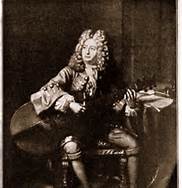
Marin Marais
Marin Marais was born 31-May-1656 in Paris and died 15-Aug-1728.
He studied the new formal structure of Jean Baptiste-Lully and in 1676 was hired as the Royal Court Musician for Louis XV in Versaille.
In 1679 he was appointed the "ordinaire de la chamber du ray pour la viole" and celebrated great success at the court.
He remained with the musicians of Versaille his whole life and found comfort with them. He married Catherine d'Amicourt on 21-Sept-1676 and they had nineteen children.
Between the years of 1686 to 1725 he worked on his "Pieces de Viole" that outlined an educational strategy for the learning of Viol and music in general. His book made for him a place in history along with his exquisite Sonnerie.
Conclusion
I hope that you enjoy the music and take a look at what the Baroque period of history has to offer. The later years of the Baroque period brought us artists like Bach and Handel. Artists whose work still stand today.
I also hope that this new curiosity will help to bring you out of your house and to your local symphony perfomances.
Support your local musicians and attend a Symphony Performance.

